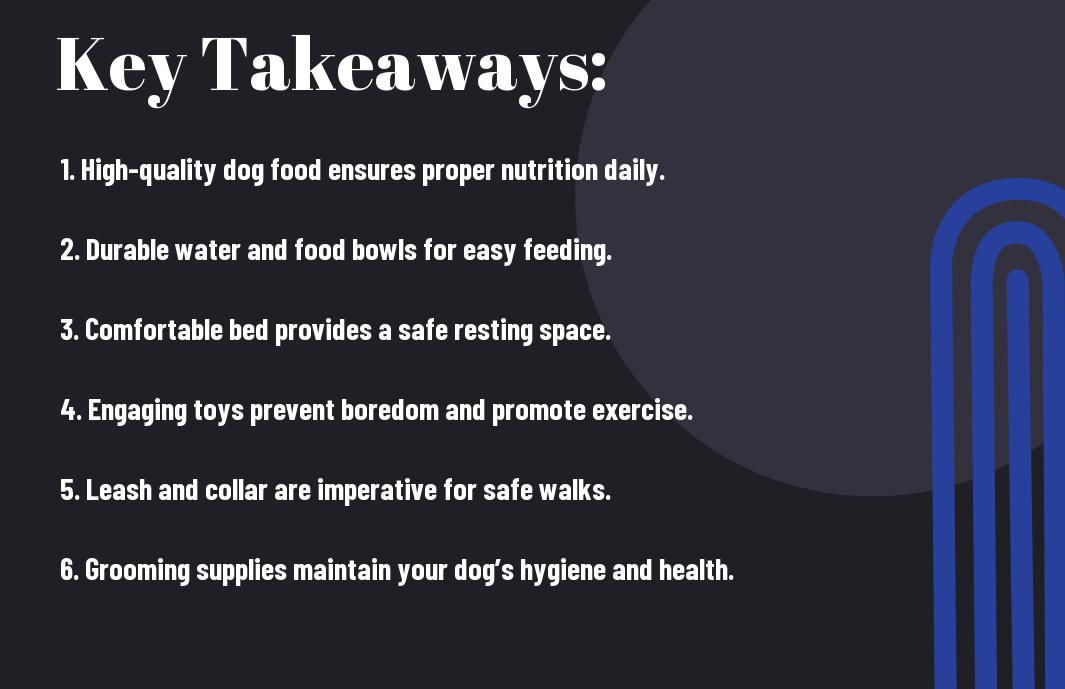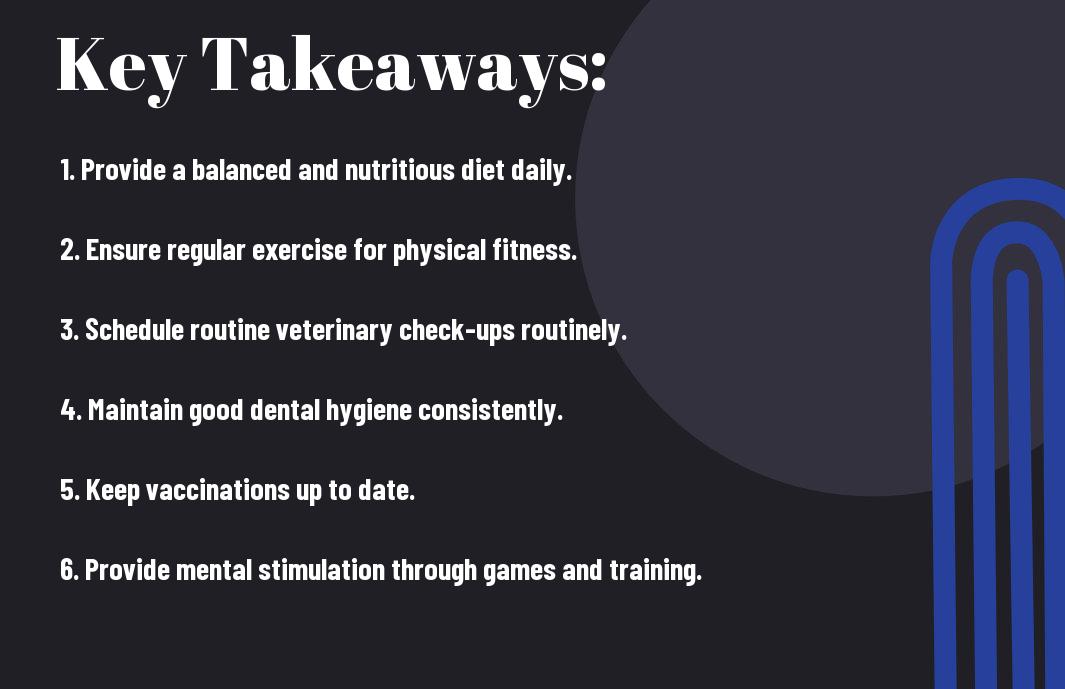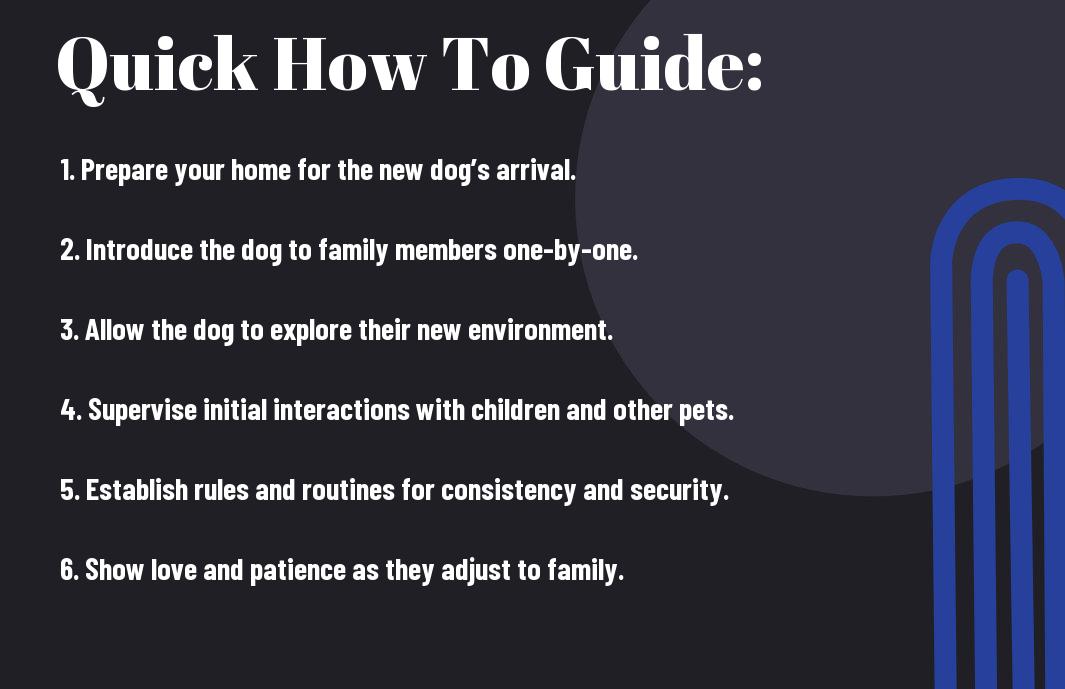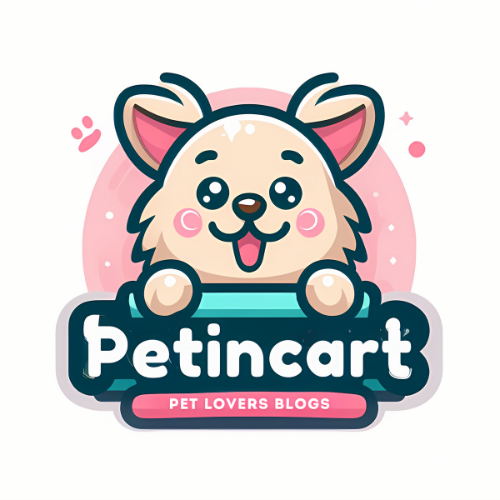You want the best for your furry companion, and choosing the right diet and nutrition plan is vital for their overall health and well-being. With a myriad of options available, it can be overwhelming to determine which diet will meet your dog’s unique needs. This guide will help you understand the nutritional requirements of your dog based on their age, size, and activity level, enabling you to make informed choices that promote a long, healthy life for your beloved pet.
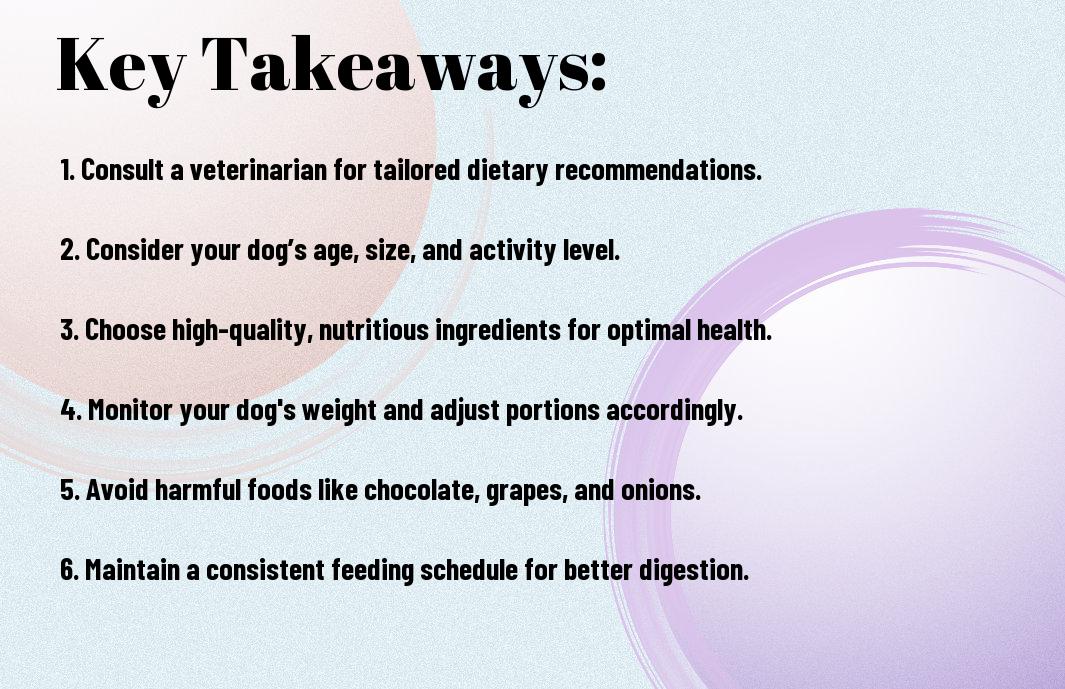
Understanding Canine Nutrition
While it might be tempting to treat your dog like a family member by sharing your meals with them, it is crucial to recognize that canine nutrition is uniquely different from human dietary needs. To ensure that your dog remains healthy, vibrant, and active, you must consider the specifics of their nutritional requirements. Understanding these needs is key to keeping your furry friend thriving as they depend on you to provide a balanced diet that supports their overall well-being.
The Basics of Dog Nutrition
Before stepping into the details, it’s important to understand that dogs are omnivores and can derive their nutrition from a variety of food sources. A balanced diet typically includes a mix of proteins, carbohydrates, fats, vitamins, and minerals that work together to support your dog’s health. Each ingredient plays a unique role in providing energy, maintaining healthy body functions, and supporting development, which is why a well-rounded diet is imperative.
Choosing high-quality food will not only benefit your dog’s coat and skin but will also promote proper digestion and strengthen their immune system. You should be aware that not all dog foods are created equal. Researching and selecting a diet that meets your dog’s specific life stage—puppy, adult, or senior—is vital in ensuring they receive appropriate nutrition throughout their life.
Essential Nutrients for Dogs
Dogs thrive when provided with a balanced diet that contains crucial nutrients. These nutrients consist of proteins, fats, carbohydrates, vitamins, and minerals. Proteins are the building blocks for all types of tissues and are important for growth, muscle development, and energy levels. Fats, on the other hand, supply crucial fatty acids and aid in the absorption of fat-soluble vitamins while also providing a concentrated source of energy. Carbohydrates can easily be converted into glucose and are a vital energy source for your dog, while vitamins and minerals support various bodily functions, ensuring your dog remains in good health.
It is also important to note that not all nutrients are created equal. For example, the source and quality of protein can vary significantly between different dog foods. Animal-based proteins generally rank higher in quality compared to plant-based proteins, so you should strive to choose dog food that lists a specific animal protein as the first ingredient.
Reading Dog Food Labels
After you begin to understand the nutritional needs of your dog, the next step is to become proficient in reading dog food labels. This skill will allow you to make informed decisions when selecting a food that aligns with your dog’s health requirements. Dog food labels present a wealth of information, including ingredient lists, guaranteed analysis, feeding guidelines, and nutritional adequacy statements that inform you of how the food meets the AAFCO (Association of American Feed Control Officials) standards.
Paying attention to the ingredient list is crucial, as it will help you identify the primary components of the food. The order of ingredients is particularly significant; ingredients are listed by weight, so the first few ingredients should ideally be high-quality sources of protein and other nutrients that will benefit your dog. On the label, look beyond marketing buzzwords and catchphrases to ensure that the food you select meets your dog’s unique dietary needs.
In addition, don’t overlook the manufacturing date and ensure that the food is fresh. Selecting high-quality dog food that meets the needs of your individual pet will greatly contribute to their health, happiness, and longevity. The choice you make can have a lasting impact on their overall quality of life, making it imperative that you invest time and effort into understanding what goes into their food.
Types of Dog Diets
You may find yourself overwhelmed with the various types of dog diets available. Each diet has its own benefits and drawbacks, and choosing the right one for your furry friend can significantly impact their health and well-being. Understanding these different diet types is imperative in making an informed choice that meets your dog’s unique nutritional needs.
| Diet Type | Description |
| Commercial Dog Foods | Pre-packaged and formulated to meet specific nutritional requirements. |
| Raw Food Diets | Consists of raw meats, bones, and vegetables, mimicking a dog’s ancestral diet. |
| Home-Cooked Meals | Meals prepared at home using fresh ingredients tailored for your dog. |
| Specialized Diets | Designed for specific health conditions or dietary sensitivities. |
| Vegetarian/Vegan Diets | Plant-based diets that eliminate all meat and animal products. |
Commercial Dog Foods
Below is an overview of various commercial dog food options, which are convenient and often nutritionally balanced. These foods are strictly regulated to ensure they meet specific guidelines set by organizations such as the Association of American Feed Control Officials (AAFCO). You can find dry kibble, wet canned food, and semi-moist options, each varying in ingredients and price points.
Many commercial dog foods target specific breed sizes, ages, and health conditions. It is important to read the labels thoroughly to ensure the food contains high-quality ingredients and meets your dog’s specific needs. Consulting with your veterinarian can also help you choose the right commercial food tailored for your dog’s lifestyle.
Raw Food Diets
Types of raw food diets have gained popularity in recent years and aim to provide a more natural feeding approach. These diets typically include raw meats, bones, and certain vegetables, replicating the nutritional profile of a wild canine’s diet. Pet owners favor these diets believing they can improve coat health, digestion, and energy levels in their dogs.
However, raw food diets require careful planning to avoid nutritional deficiencies and ensure food safety. It is imperative that you understand how to properly handle raw ingredients and maintain hygiene to prevent illnesses associated with foodborne bacteria.
For instance, many proponents of raw food diets advocate for the inclusion of organ meats and bones in the regimen. These components are believed to provide imperative vitamins, minerals, and fatty acids necessary for your dog’s overall health. However, be cautious, as there’s the risk of imbalance if raw foods are not well-researched or individualized for your pet’s dietary needs.
Home-Cooked Meals
Food prepared at home can be an excellent alternative for dog owners who prefer to control the ingredients in their pet’s diet. With home-cooked meals, you can choose high-quality, wholesome ingredients that cater to your dog’s specific taste preferences and dietary requirements. This option allows for flexibility as you can easily adjust ingredients based on any sensitivities or health concerns your dog might have.
Nonetheless, it is vital to ensure that your home-cooked meals are nutritionally complete. Consulting with a pet nutritionist or veterinarian can provide insights into creating balanced meals that support your dog’s health. Additionally, involving thoughtful planning and time is necessary to ensure these recipes meet all the dietary needs of your pet.
Appropriate home-cooked meals often include a variety of proteins, grains, and vegetables. This means incorporating ingredients that contribute to a dog’s health, such as lean meats, sweet potatoes, carrots, and certain grains like brown rice or oats, striking a balance between nutrients, and variety is key.
After exploring these different diet types, you should feel more equipped to make a decision about your dog’s nutrition plan. Always consult a veterinarian to ensure the chosen diet is appropriate for your pet’s health and lifestyle.
Special Dietary Needs
Unlike humans, dogs have varying dietary requirements that can change significantly throughout their lives. Understanding these needs is imperative for ensuring your dog’s optimal health. By being aware of their life stages, any allergies or sensitivities, and existing health conditions, you can tailor a nutrition plan that best meets their specific requirements.
Puppies vs. Adult Dogs
Among the many factors influencing your dog’s diet, age plays a critical role. Puppies have unique nutritional needs that differ substantially from those of adult dogs. They require a diet that is rich in proteins, fats, and imperative nutrients to support their rapid growth and development. Foods formulated specifically for puppies will provide the right balance to promote healthy bones and muscles, setting the stage for long-term health.
As your dog matures into adulthood, their dietary requirements shift. Adult dogs generally need fewer calories and a different nutrient profile to maintain a healthy weight and support their energy levels. Feeding your adult dog a diet suited to their specific size, breed, and activity level is important for overall well-being and longevity.
Senior Dog Nutrition
Between the ages of 7 and 10, many dogs enter their senior years, and this transition typically calls for changes in their dietary plan. Senior dogs often experience a slowing metabolism and reduced activity levels, making it increasingly important to provide nutrition that helps maintain their weight while still meeting their nutritional needs. Diets for senior dogs often contain lower calories and higher fiber, along with imperative nutrients like Omega-3 fatty acids to support joint health.
Understanding your senior dog’s unique needs can help you make informed decisions about their nutrition. Keep an eye on any changes in weight, energy levels, and overall health, as these can signal whether you need to adjust their diet further. Regular veterinary check-ups can also assist in identifying any nutritional deficiencies or health concerns specific to seniors.
Allergies and Food Sensitivities
Across the dog population, food allergies and sensitivities have become increasingly common, leading to a range of health issues in affected animals. If your dog suffers from itching, digestive problems, or chronic ear infections, it may be worth considering whether certain ingredients in their diet are causing these reactions. Common allergens include ingredients like beef, chicken, dairy, wheat, and soy. Switching to a hypoallergenic diet or one with limited ingredients may alleviate symptoms and improve your dog’s quality of life.
At the same time, it’s imperative to approach food sensitivities with care. Elimination diets, which systematically remove potential allergens from your dog’s diet, can help pinpoint the exact trigger. Consulting your veterinarian for guidance during this process is advisable. They can recommend suitable foods that not only avoid allergens but also ensure your dog receives balanced nutrition.
Supporting Health Conditions
Between chronic conditions such as diabetes, kidney disease, or allergies, you may find that your dog’s dietary needs require more attention as they age. It’s important to provide food that accommodates any specific health issues they may have. For instance, dogs with diabetes need a diet lower in carbohydrates to manage their blood sugar levels, while those with kidney disease may benefit from reduced protein and phosphorus content in their meals to lessen the strain on their organs.
Sensitivities to various ingredients can also affect your dog’s health, yet addressing these needs can significantly enhance their overall condition and comfort. Collaborating with your veterinarian to develop a specialized nutrition plan that aligns with their health conditions is a wise step toward supporting their long-lasting well-being.
Evaluating Commercial Dog Foods
Your choice of dog food can profoundly impact your pet’s overall health and well-being. With so many options available, it’s paramount to evaluate commercial dog foods carefully. A thoughtful exploration can help you provide the best nutrition for your canine companion. Moreover, understanding what goes into your dog’s food will aid in selecting a diet that aligns with their unique nutritional needs.
Identifying High-Quality Ingredients
Before stepping into the ingredients list, take a moment to familiarize yourself with what constitutes high-quality dog food. Look for recognizable ingredients that can easily be identified, such as real meats, whole grains, and fresh fruits or vegetables. Ingredients should be listed in descending order of quantity, which means the first few items are vital in determining the overall quality of the food. Avoid products with vague terms like “meat by-products” or “animal digest,” as these can indicate lower quality sources.
Understanding Nutritional AAFCO Guidelines
Evaluating the nutritional adequacy of dog food is also vital, which is where AAFCO guidelines come into play. The Association of American Feed Control Officials (AAFCO) sets the standards for pet food labeling, including nutritional levels required for different life stages. When choosing a commercial dog food, look for an AAFCO statement of nutritional adequacy on the packaging, indicating that the food meets specific criteria for your dog’s age and activity level. This endorsement helps assure you that the food is formulated to provide balanced nutrition.
Understanding these nutritional guidelines can reassure you that you are providing a complete diet for your dog. Foods that meet AAFCO standards have undergone feeding trials that show they can support your pet’s health. This is especially important for puppies, pregnant, or lactating dogs, as their dietary requirements differ from adult dogs.
The Role of Life Stage and Breed Specific Formulas
About choosing food based on your dog’s life stage and breed is vital for promoting long-term health. Puppies, adults, and senior dogs have different nutritional needs that should be met through specialized formulas. For example, puppy formulas are typically richer in fat and calories to support growth, while senior formulations might focus on joint health and lower calories to keep weight in check. Furthermore, specific breeds may benefit from tailored nutrition based on their unique physiological traits.
Understanding the impact of life stage and breed-specific nutrition can empower you to select the right food for your dog. For instance, large breed puppies require careful dietary management to avoid excessive growth, which can lead to joint issues later in life. Therefore, selecting a food designed for large breeds ensures that your puppy receives the appropriate balance of nutrients vital for healthy development.

Choosing the Right Diet for Your Dog
To ensure your dog maintains optimal health, it’s crucial to choose a diet that caters to their specific needs. Factors such as age, breed, activity level, and any existing health conditions play significant roles in what constitutes the right diet for your furry companion. A well-balanced diet tailored to your dog’s individual lifestyle can help support their overall well-being.
Assessing Your Dog’s Lifestyle
Below are some important considerations when assessing your dog’s lifestyle. If your dog is highly active, for example, they may require a diet higher in protein and fats to provide the energy they need. Conversely, dogs that are more sedentary might benefit from a lighter diet to prevent weight gain. Additionally, consider their age; puppies, adult dogs, and senior dogs each have unique nutritional needs that must be addressed.
To further refine your assessment, take into account your dog’s breed. Certain breeds may have predispositions to specific health challenges, which can be influenced by diet. For instance, larger breeds might require joint health support, while small breeds may have different caloric needs. Understanding these aspects will help guide you in selecting the best diet for your dog.
Consulting with a Veterinarian
One of the most effective steps you can take is to consult with a veterinarian who understands your dog’s specific needs. Your veterinarian can perform a comprehensive health check and help identify any dietary adjustments necessary based on your dog’s age, weight, and health conditions. They can also provide insights into high-quality dog food brands and recommend specific formulations that would most benefit your pet.
Veterinarian advice is invaluable, as they can offer tailored recommendations that consider your dog’s unique medical history and lifestyle. By sharing any specific concerns you have observed, such as allergies or gastrointestinal issues, your veterinarian can suggest dietary solutions that are appropriate and beneficial for your dog.
Transitioning to a New Diet
Above all, transitioning your dog to a new diet should be done gradually to avoid digestive upset. Introducing the new food slowly, typically over the course of a week, can help your dog acclimate. Start by mixing a small amount of the new food with their current diet, gradually increasing the proportion of the new food while decreasing the old. This approach allows your dog’s digestive system to adjust comfortably and reduces the likelihood of gastrointestinal issues.
Hence, monitoring your dog’s response during this transition is crucial. Keep an eye on their appetite, stool consistency, and energy levels. If you notice any signs of discomfort or adverse reactions, it might be necessary to slow the transition or consult your veterinarian. By ensuring a smooth changeover to a new diet, you can better support your dog’s health and happiness.

Common Dietary Myths
All pet owners want to provide the best for their dogs, but with so many dietary myths circulating, it can be challenging to discern fact from fiction. Understanding these misconceptions is imperative in making informed decisions about your dog’s health and nutrition. In this section, we will explore some of the most common myths surrounding dog diets, helping you to navigate through the noise and focus on what truly matters for your furry friend.
Grain-Free Misconceptions
On the surface, grain-free diets can seem like a healthier option for your dog. Many believe that grains are harmful and contribute to various health issues. However, the truth is that not all dogs have grain allergies or sensitivities. In fact, many dogs can digest grains without any adverse effects, and they can serve as a good source of carbohydrates, fiber, and nutrients.
On the contrary, eliminating grains without a proper understanding of your dog’s specific dietary needs can result in unbalanced nutrition. It’s vital that you evaluate your dog’s health on an individual basis instead of following trends. Consulting with your veterinarian can help you discern whether a grain-free diet is beneficial or necessary for your dog.
Preservatives and Artificial Additives
One of the most pervasive myths is that all preservatives and artificial additives are harmful to dogs. While it’s important to be cautious about what you feed your dog, many commercial dog foods use preservatives and additives that are considered safe and regulated by pet food standards. Not all additives are bad; some can actually enhance the nutritional value and overall quality of your dog’s food.
One thing to keep in mind is that your dog’s body processes these ingredients differently. While you might find certain preservatives unappealing, they can play a crucial role in keeping dog food fresh and safe to consume. Always opt for products from reputable brands that prioritize transparency in their ingredient sourcing.
Indeed, some pet owners may overlook the benefits of certain preservatives, believing them all to be harmful. It’s important to do your research and consult experts, as many preservatives help to prevent the growth of harmful bacteria and extend the shelf life of dog food, providing a measure of safety that shouldn’t be dismissed.
Raw Diets and Safety Concerns
Above all else, the popularity of raw diets has sparked numerous debates among dog owners and veterinarians. Many believe that feeding raw food will yield superior health benefits for your dog. However, there are significant safety concerns to address, such as the risk of bacterial contamination and nutrient imbalances. Moreover, a raw diet may not be suitable for every dog, depending on their health status and lifestyle.
Above these concerns, it’s vital to note that raw diets are not a one-size-fits-all solution. Each dog has unique nutritional needs that must be taken into account. Consulting your veterinarian before making any significant changes to your dog’s diet is advisable, specifically when considering raw feeding. This ensures that you’re making a choice that promotes, rather than jeopardizes, your dog’s health.
It’s imperative to approach raw diets with caution. While some owners report improvements in coat quality and energy levels, the risks associated with raw feeding, especially regarding foodborne pathogens, cannot be ignored. A balanced, nutritionally complete diet should always be your priority, backed by thorough research and professional advice.
Monitoring Your Dog’s Health
Many pet owners often overlook the importance of regularly monitoring their dog’s health as a part of their overall diet and nutrition plan. Keeping a close eye on your dog’s physical condition can help you make informed decisions about their dietary needs and prevent potential health issues. It’s imperative to observe changes in weight, body condition, energy levels, and overall demeanor, as these factors can all indicate how well your dog is responding to their nutrition.
Observing Weight and Body Condition
Between regular vet visits, you should be proactive in observing your dog’s weight and body condition. A simple way to assess your dog’s weight is to feel their ribs; they should be easily felt but not protruding. You should also look for a noticeable waistline when viewed from above and a slight tuck in the abdomen when viewed from the side. Any significant changes in weight—whether weight loss or gain—can signal that adjustments to their diet or exercise regimen may be necessary.
In addition to weight, assess your dog’s body condition score (BCS) regularly. Many veterinary clinics provide a scale from one to nine, with four to five being ideal. By keeping track of your dog’s BCS, you can set goals for weight management, ensuring that they remain within a healthy range and maintain their longevity well into their senior years.
Signs of Nutritional Deficiencies
About monitoring your dog’s health, be vigilant for signs of nutritional deficiencies. Common indicators include a dull coat, poor skin health, frequent gastrointestinal issues, and lethargy. It’s important to understand that these signs can be subtle, and recognizing them early can help you address diet-related issues before they escalate into more serious health problems.
Addressing nutritional deficiencies starts with evaluating your dog’s diet. Ensure they are receiving a balanced mix of proteins, fats, carbohydrates, vitamins, and minerals suitable for their breed, age, and activity level. If you notice any of these symptoms, consider consulting your veterinarian for a thorough assessment and tailored dietary recommendations.
Adjusting the Diet As Your Dog Ages
Your dog’s nutritional needs will evolve as they age. Puppies and young dogs require a diet rich in calories and nutrients to support their growth, while senior dogs typically need a balanced diet that promotes longevity and overall health. As your dog transitions from adulthood to their senior years, you may need to adjust their calorie intake, protein levels, and other dietary components to accommodate changes in metabolism and activity levels.
The key is to consult with your veterinarian regularly to ensure your dog’s diet aligns with their evolving health needs. Monitoring their health and being proactive about dietary adjustments can help maintain your dog’s well-being and quality of life as they age.
To Wrap Up
To wrap up, selecting the appropriate diet and nutrition plan for your dog is a fundamental aspect of ensuring their long-term health and happiness. By understanding your dog’s specific needs, including their age, size, breed, and any health conditions, you are positioning yourself to make informed dietary choices. It’s vital to consult with your veterinarian for tailored advice that considers these factors, enabling you to choose high-quality products that meet your furry friend’s requirements.
Incorporating variety in their meals, monitoring their weight, and staying vigilant about changes in their eating habits can further enhance their overall well-being. By staying informed and proactive in your approach to your dog’s diet, you will foster a vibrant, active lifestyle that reflects their unique character and energy. Your commitment to their health through thoughtful nutrition can lead to a happier and more fulfilling life for your beloved pet.
FAQ
Q: How do I determine my dog’s specific dietary needs?
A: To understand your dog’s specific dietary requirements, start by considering their age, breed, size, and activity level. Puppies need different nutrients compared to adult or senior dogs; large breeds may require a diet that minimizes joint issues, while highly active dogs may benefit from higher protein and energy levels. A conversation with your veterinarian can provide tailored recommendations based on your dog’s individual health status and lifestyle. Observing your dog’s weight, coat condition, and energy levels can also guide you in making necessary adjustments to their diet.
Q: What should I look for on dog food labels to ensure quality?
A: When assessing dog food labels, check for a statement of nutritional adequacy from the Association of American Feed Control Officials (AAFCO), which indicates that the food meets industry standards. Look for high-quality ingredients, including named proteins (like chicken or lamb) rather than generic terms (like meat by-products). Additionally, check the guaranteed analysis for protein, fat, fiber, and moisture content, and read the ingredient list to ensure that there are no fillers or artificial additives. It’s often beneficial to choose foods that have whole grains and vegetables, which provide added nutrition and fiber.
Q: How can I transition my dog to a new diet effectively?
A: Transitioning your dog to a new diet should be done gradually to avoid digestive upset. Start by mixing the new food with your dog’s current food at a ratio of about 25% new food to 75% old food for the first few days. Gradually increase the new food portion over 7 to 10 days, reducing the old food accordingly until your dog is fully transitioned to the new diet. Monitor your dog during this period for any signs of digestive discomfort or adverse reactions, and consult your veterinarian if you notice any issues. Providing plenty of fresh water and maintaining a consistent feeding schedule can also aid in a smooth transition.
